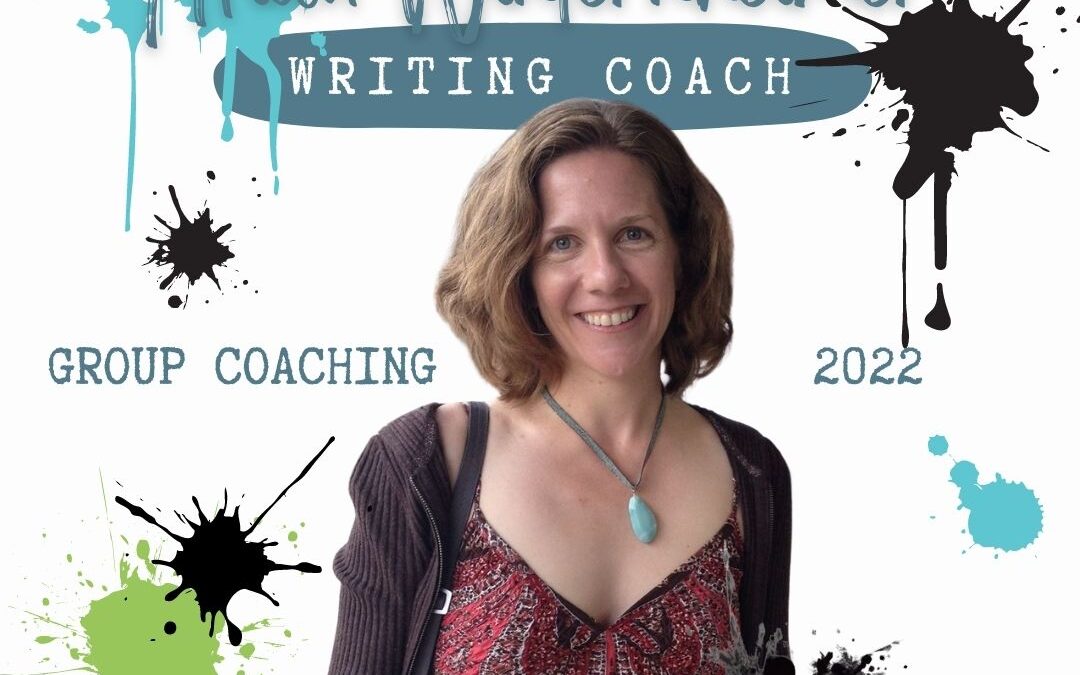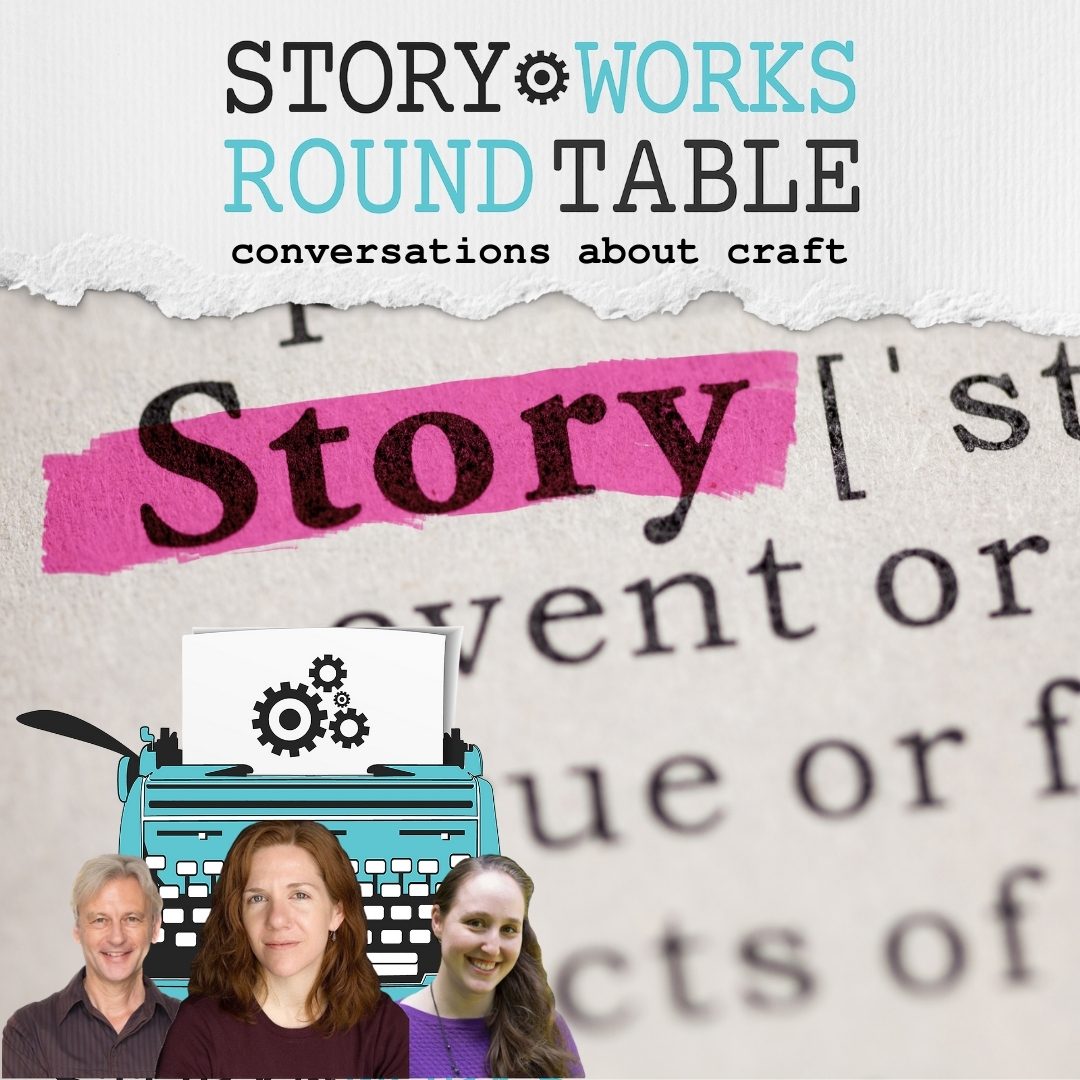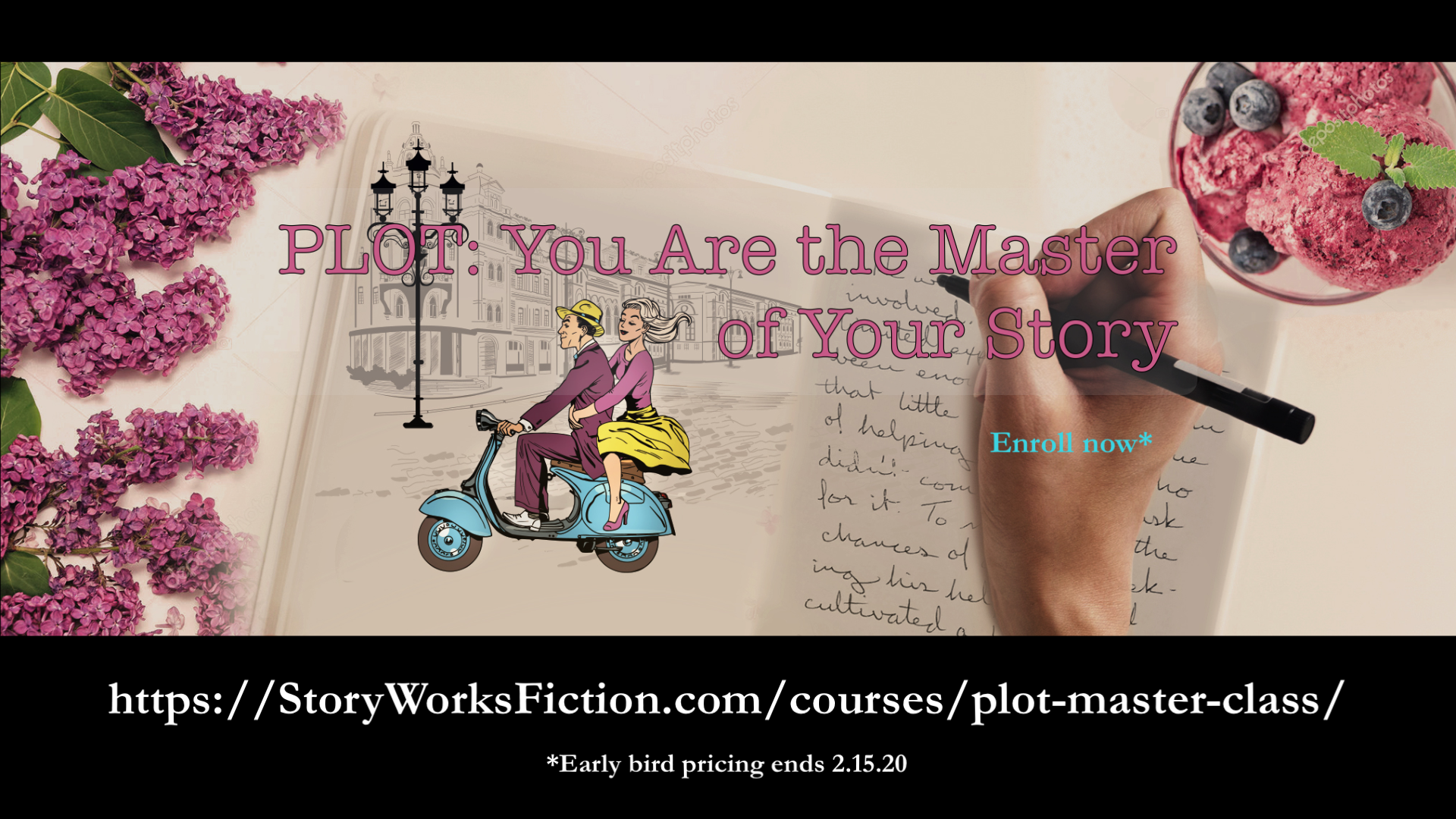Does this sound familiar? Robert: A big problem is that when you dream up your story, you have this amazing sense of, I just thought this amazing thing is going to happen to this character and then how it’s all going to end. Okay, but there’s 50% of your double, which I just haven’t thought about yet. I think for many of us, it’s being able to slow down, tease apart the problem, and introduce all of the complications that are required to then deliver that delicious climax that is really satisfying to the reader. So it’s such an important task, yet it’s probably the thing we naturally, as writers, I’m making it very everybody. It’s not everybody’s problem, of course, but we do know many of us experience the problem where we don’t know what to put in the middle there, I suppose.
Kathryn: Yeah, we have this big empty gap, like, just tell me what to put in here, please.
Sound familiar? Then sit back and enjoy this week’s Story Works Round Table episode all about “what to put in here, please!”





